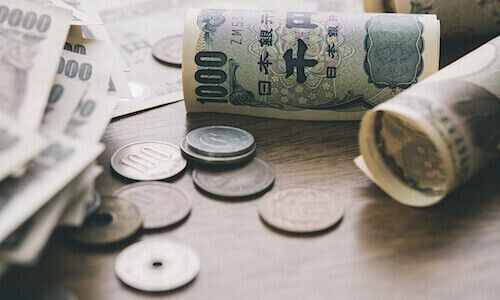What Triggered the Inexplicable BoJ Rally?
The Bank of Japan's stock price surge was the latest rally in 2021 that could not be fully explained. finews.asia reviews the mysterious central banking bonanza.
After peaking at 57,500 Japanese yen ($532.8) per share – a more than 90 percent surge since Monday’s opening price – Bank of Japan’s (BoJ) rally has finally slowed, erasing earlier gains to fall to 44,000 Japanese yen.
But the near doubling of the Japanese central bank’s stock after just reaching at an all-time low price in January has left many puzzled about investor rationale, with some likening the event to the recent «meme stock» rallies.
So, what gives? finews.asia reviews the top theories.
Pure Speculation
Some have called the BoJ rally a matter of pure speculation triggered by ample liquidity seeking investment in any asset deemed as topical or scarce in supply.
Analysts liken the BoJ bonanza to the growing allure of Bitcoin – one is supposedly a stock and another a currency but neither has behaved much like the traditional definitions of their respective asset classes.
BoJ stock pays no dividend, has no voting rights and the central bank understandably holds no annual shareholder meetings. Bitcoin, despite its ambitions to become a currency, lacks track record as a means of payment or store of value.
Some Fundamentals
Elsewhere, others theorize that the rally was driven by investor optimism about unrealized profits – 12-13 trillion yen – from Japanese equity gains after the Nikkei index recently reached the highest levels in three decades. Also related was the upcoming policy review later this month on how the BoJ – the largest single owner of Japanese shares – buys exchange-traded funds as part of its stimulus program.
Interestingly, BoJ governor Haruhiko Kuroda spoke today while delivering his semi-annual report on currency and monetary control, specifically noting that the central bank’s stock should not be viewed like «normal shares».
«The Bank of Japan’s subscription certificates are completely different from the normal shares of listed companies,” Kuroda said to the Japanese parliament, adding that its share price does not reflect profitability or the health of its balance sheet. «The [share] price is not the responsibility of the bank.»
Meme(nto) Stock
Another popular theory is that investors saw BoJ as less of a meme stock and more a memento stock, in memory of the era of negative interest rates, yield curve control and other unorthodox central banking policies.
In fact, BoJ shares are the only issue that still requires physical delivery of paper certificates by the clearing house to this day as it was not subject to stock digitalization in 2009.
Some investors had actually bought these so-called subscription certificates to frame as collectibles during the bubble era of the 1980s, which saw BoJ shares peak at a whopping 745,000 yen in 1989.



























